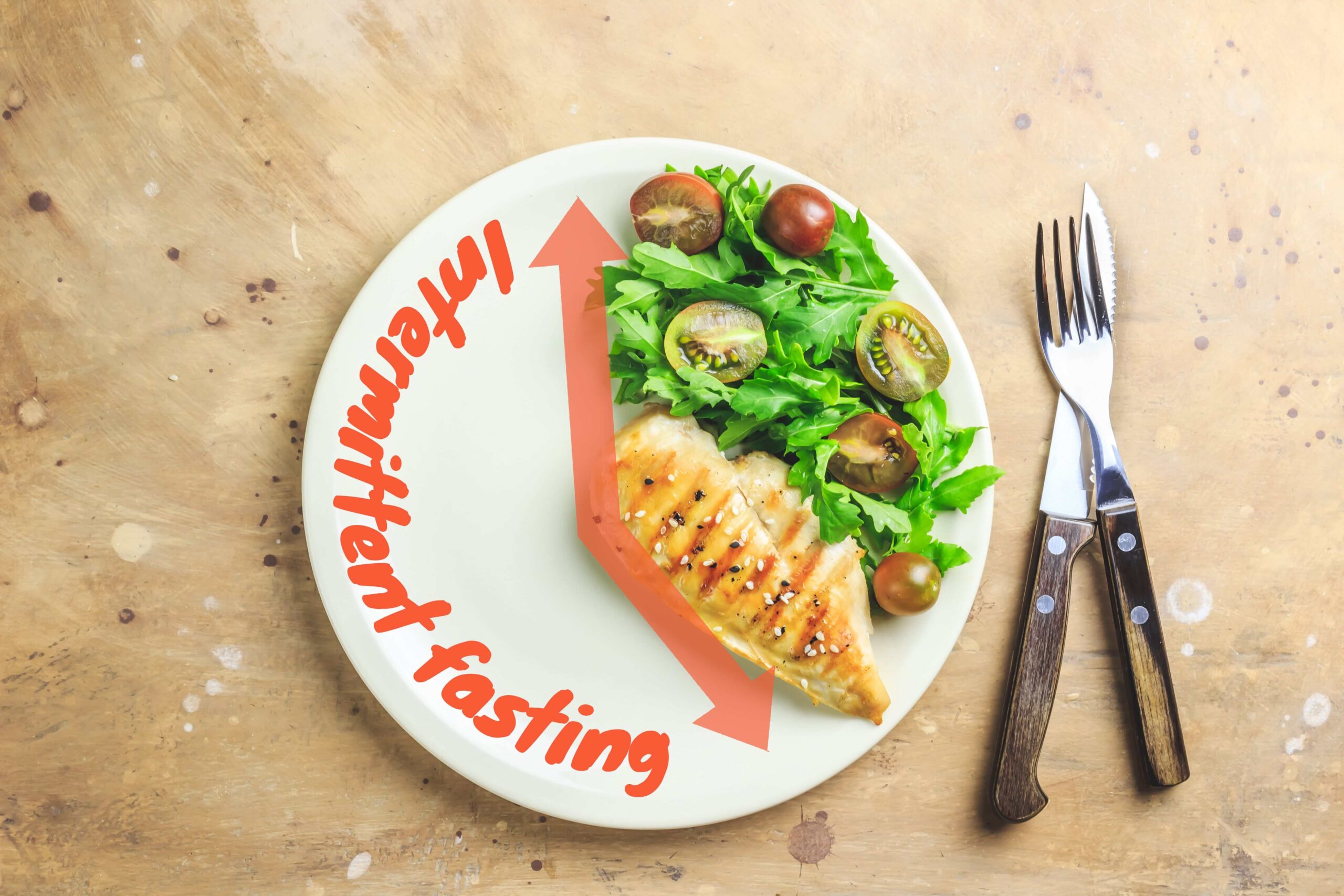Ketogenic Diet vs Intermittent Fasting (Part 2)
To fast or not to fast? A new phenomenon is growing into a popular health & fitness trend. Are you thinking of starting Intermittent Fasting to lose weight? Read on to find out!
What is it?
Many diets focus on what to eat or not to eat. Intermittent Fasting is about when and/or how much you eat. Think of it as an eating plan that switches between fasting and eating on a schedule.
How it works?
During a fast, once our blood sugar stores have been utilized, our body switches to fats as its energy source. This enhances our fat-burning potential and body composition changes. Scientific evidence points to some health benefits as well. There are several variations of intermittent fasting, for example:
• 16:8 – fast 16 hours in a row, then eat normally within 8-hour period.
• 5:2 approach – eat normally for 5 days but consume 500-600kcal only for the other 2 days.
• Alternate day fasting – alternating between days of normal eating with days of eating only 25% of daily calorie needs.
However, eating ‘normally’ does not mean packing your meals with high calorie junk foods, fried items and treats!
Pros:
Weight loss while maintaining a lean body
Lower blood pressure and LDL cholesterol levels
Reduce risk of chronic diseases such as diabetes, heart & liver disease
Reduce inflammation
Cons:
Likely to overeat during ‘eating’ periods
May deal with low energy and irritability
May foster unhealthy eating behaviors due to restrictions placed
Can take up to 2-4 weeks before body becomes accustomed to Intermittent Fasting
Is Intermittent Fasting suitable for everyone?
Intermittent Fasting is not recommended for individuals who have diabetes, pregnant/breast-feeding, underweight, has history of eating disorders, or those who need to take medications with food.






